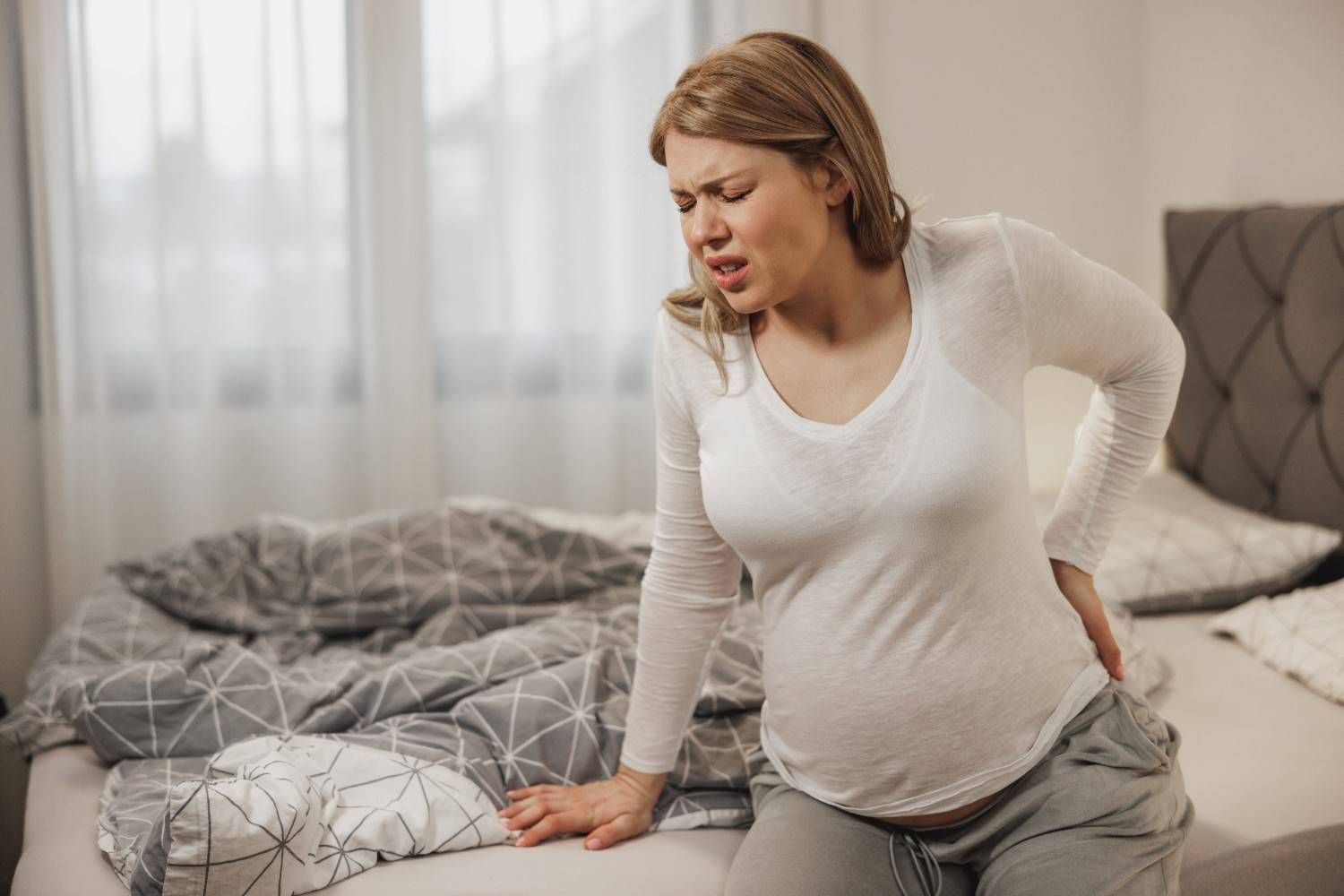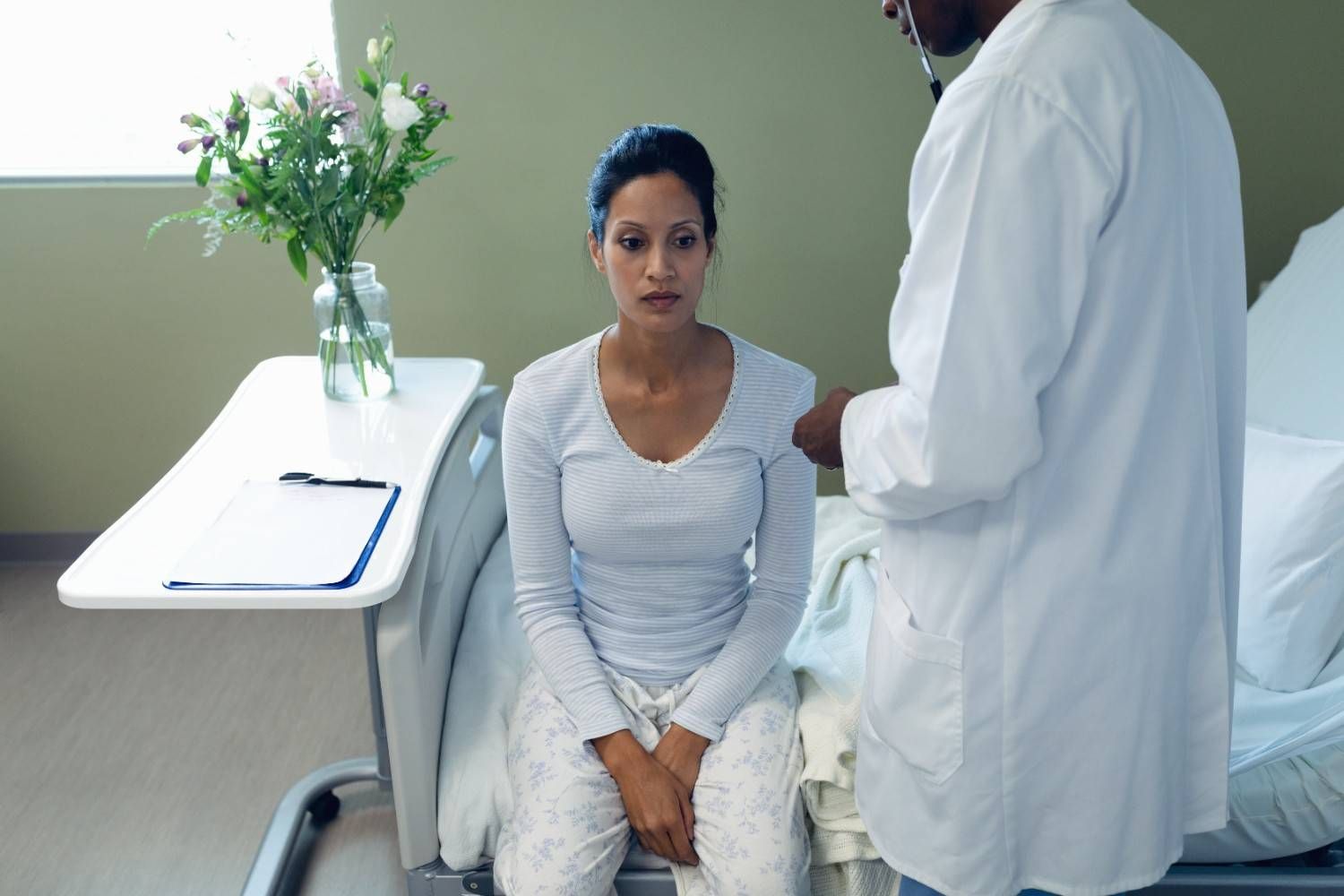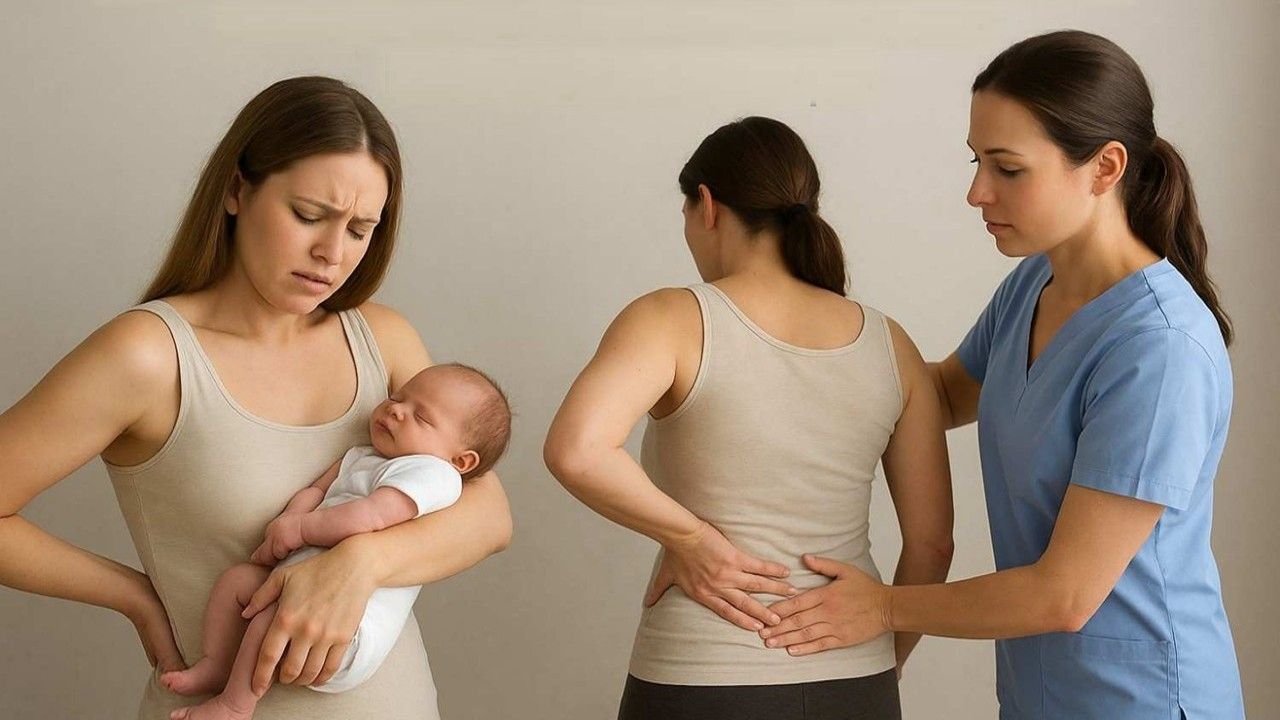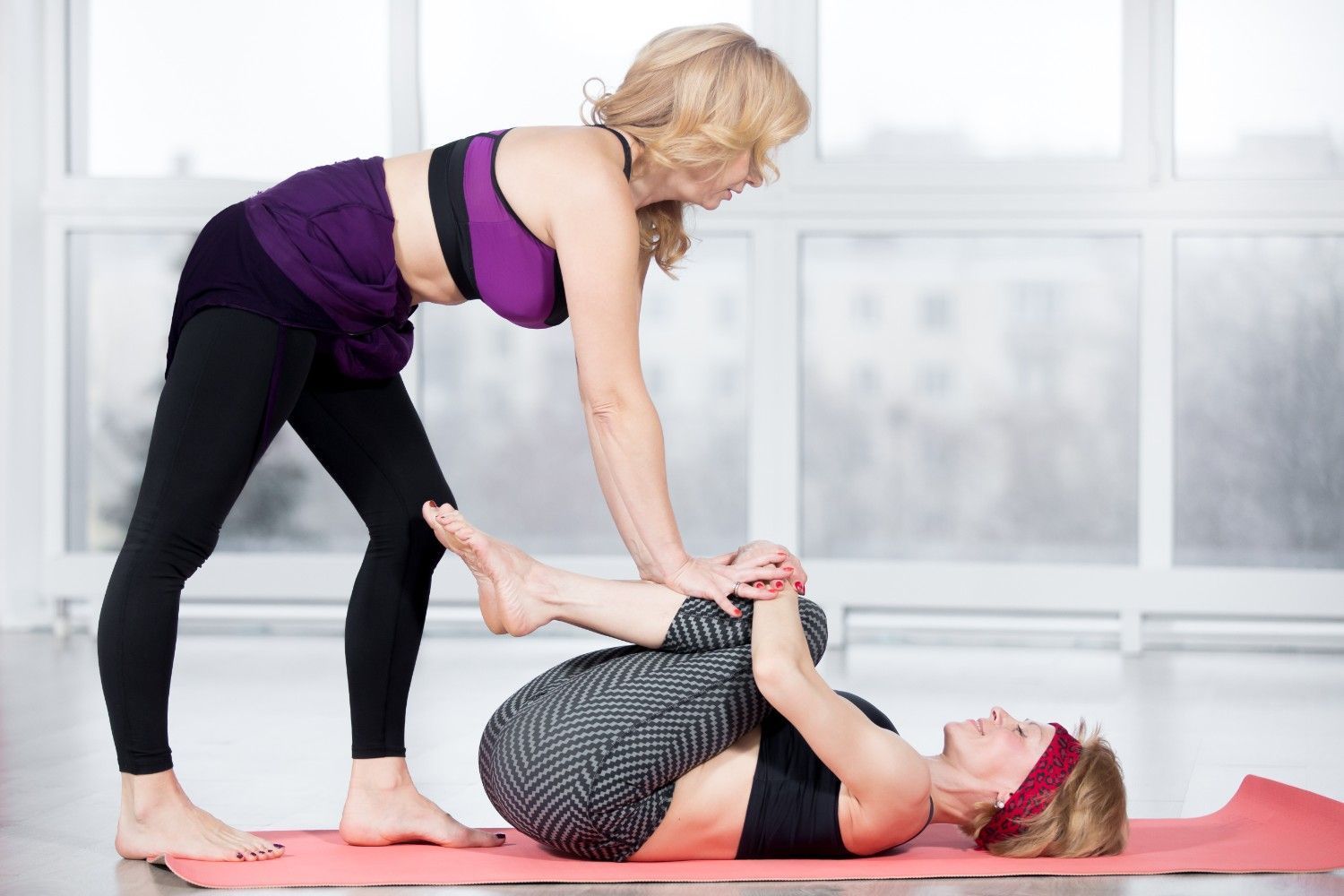Prostate Massage Therapy: What It Is, What It Isn’t, and What Science Really Says

Many men hear about prostate massage therapy online and wonder if it really works or if it’s safe. As a pelvic floor physical therapist, I often include prostate massage in Houston, Texas, while treating pelvic floor dysfunction. I meet men every week who come in searching for answers about persistent pelvic pain, urinary changes, or discomfort they can’t quite explain. Let’s clear up what this therapy actually involves, what research says about it, and how it can support better pelvic health when performed correctly.
Understanding the Prostate
The prostate is a small, walnut-sized gland that sits just below the bladder and surrounds the urethra. It produces most of the fluid that makes up semen, helping nourish and protect sperm. It also plays a role in hormone conversion and controls the flow of urine during ejaculation.
When the prostate becomes “tight”, inflamed, or enlarged, it can affect everything from bladder control to sexual comfort. That’s why some men in my clinic seek
prostate health therapy in Bellaire, Texas, not simply for pain relief, but to restore comfort and confidence in daily life.
What Is a Prostate Massage — and Why is it Done
Prostate massage is a precise, therapeutic technique in which the prostate gland is gently stimulated to release fluid through the urethra. The goal is to improve circulation, reduce congestion, and help drain any excess secretions that may contribute to inflammation or pressure.
It’s sometimes used to:
- Support men recovering from prostatitis or chronic pelvic pain syndrome (CPPS)
- Improve urine flow if the gland’s swelling restricts the urethra
- Ease post-prostate procedure discomfort
- Enhance sexual comfort or reduce post-ejaculatory pain
When performed by a pelvic floor physical therapist, prostate massage in Bunker Hill Village, the technique is medical, gentle, and tailored to each man’s anatomy.
What the Research and Medical Literature Say
Several respected sources, including Cleveland Clinic, Verywell Health, and Medical News Today, agree on one thing: prostate massage therapy can be helpful in certain cases, but it’s not a cure-all .In my clinic, that is why prostate massage is only a portion of a full pelvic floor assessment.
Studies show that some men with chronic prostatitis experience improvement when massage is combined with antibiotics or pelvic physical therapy. Evidence also suggests better urinary flow for men with mild prostate enlargement (BPH). However, results are mixed, and there’s still limited long-term research.
As with many conservative therapies, success depends on technique, training, and identifying the true cause of the symptoms. That’s why my approach to men’s prostate health therapy in Spring Branch always includes a full pelvic assessment.
Proven and Possible Benefits of Prostate Massage Therapy
When done safely and professionally, prostate massage therapy may offer meaningful benefits, including:
- Reduced pelvic pain and tension: Gentle stimulation promotes blood flow and helps release trapped inflammatory fluid.
- Improved urine flow: By easing swelling around the urethra, men often notice stronger or more complete emptying.
- Less pressure or fullness: Many describe a lighter, more relaxed feeling afterward.
- Improved sexual comfort: Some men find reduced pain during or after ejaculation.
- Better post-procedure recovery: It can support circulation and healing after prostate inflammation or surgery.
I’ve seen these prostate massage benefits for men in Memorial firsthand, especially for those who’ve spent months taking antibiotics with little relief, only to discover that muscle tension and nerve irritation were the real culprits.
The Risks, and Why Technique Matters
The prostate is delicate and richly innervated. When handled incorrectly, massage can cause pain or injury.
Common risks include:
- Rectal irritation or bleeding
- Worsening of infection in acute bacterial prostatitis
- Hemorrhoid flare-ups or fissures
That’s why I always emphasize safety and education. Prostate massage should not be attempted without professional guidance. In my prostate massage therapy in Houston, Texas, I follow a clinical protocol that includes controlled pressure, and constant patient feedback to ensure both comfort and safety.
My Approach for a Prostate Massage
As a pelvic floor physical therapist, prostate massage serving Bunker Hill Village and the surrounding areas, my work combines precise manual therapy with a broader pelvic floor rehabilitation framework.
During a session, I evaluate posture, breathing, and core muscle tone. Then, using gentle internal and external techniques, I work to:
- Release pelvic floor tightness
- Improve circulation around the prostate and bladder
- Support nerve relaxation and pain reduction
- Restore natural coordination between the pelvic floor and bladder and bowel,
My training in nutrition and inflammation management also helps patients address systemic contributors such as dietary triggers, stress hormones, and immune factors that keep inflammation active. For many, the results include better bladder control, less pain, and improved sexual confidence.
How Prostate Massage Fits Into Whole-Body Pelvic Care
True healing rarely happens in isolation. A prostate massage can be an effective part of a larger plan that includes breathwork, muscle retraining, and nervous-system regulation.
For men seeking prostate health therapy in Bellaire, Texas, I build individualized care plans that may include:
- Manual therapy for pelvic floor release
- Core and posture retraining to relieve pressure on the prostate
- Stress-management techniques to calm the nervous system
- Nutrition guidance to reduce inflammation
When combined, these approaches address symptoms as well as the causes and help men regain long-term pelvic floor function and balance.
Who May Benefit Most
Prostate massage therapy isn’t for everyone, but many men can benefit under professional care. It may be appropriate if you experience:
- Persistent pelvic or perineal pain
- Difficulty starting or maintaining urine flow
- Post-ejaculatory ache or discomfort during intimacy
- Chronic inflammation unresponsive to medication
- Pelvic muscle tension from stress, imbalanced muscle tension and or prolonged sitting or poor posture
The prostate massage benefits for men in Memorial often go beyond relief. They rediscover comfort and confidence in areas they thought were gone for good.
A Safer Path to Men’s Pelvic Health
The prostate responds best when the whole body is in balance. At my private, one-on-one clinic, sessions are never rushed, and every plan is built around your specific health goals.
If you live in Houston, Bellaire, Spring Branch, Memorial, or Bunker Hill Village and are curious about men’s prostate health therapy in Spring Branch or prostate massage therapy in Houston, Texas, you don’t have to rely on guesswork or internet advice. Schedule a confidential consultation with Beckham Physical Therapy and Wellness and learn how targeted, evidence-based care can help you be comfortable again.










